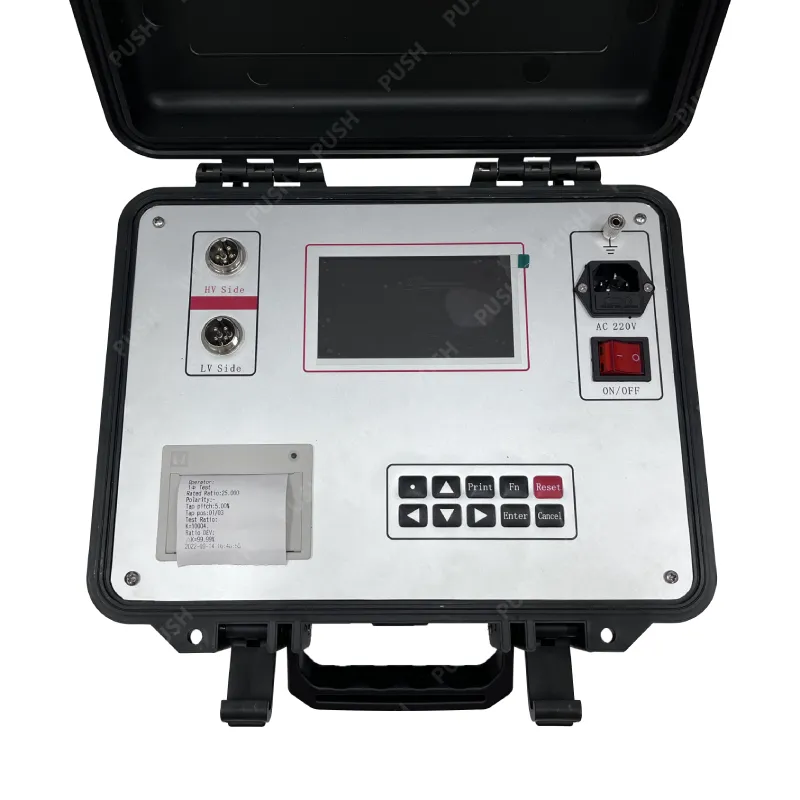 English
English



-
 Afrikaans
Afrikaans -
 Albanian
Albanian -
 Amharic
Amharic -
 Arabic
Arabic -
 Armenian
Armenian -
 Azerbaijani
Azerbaijani -
 Basque
Basque -
 Belarusian
Belarusian -
 Bengali
Bengali -
 Bosnian
Bosnian -
 Bulgarian
Bulgarian -
 Catalan
Catalan -
 Cebuano
Cebuano -
 China
China -
 China (Taiwan)
China (Taiwan) -
 Corsican
Corsican -
 Croatian
Croatian -
 Czech
Czech -
 Danish
Danish -
 Dutch
Dutch -
 English
English -
 Esperanto
Esperanto -
 Estonian
Estonian -
 Finnish
Finnish -
 French
French -
 Frisian
Frisian -
 Galician
Galician -
 Georgian
Georgian -
 German
German -
 Greek
Greek -
 Gujarati
Gujarati -
 Haitian Creole
Haitian Creole -
 hausa
hausa -
 hawaiian
hawaiian -
 Hebrew
Hebrew -
 Hindi
Hindi -
 Miao
Miao -
 Hungarian
Hungarian -
 Icelandic
Icelandic -
 igbo
igbo -
 Indonesian
Indonesian -
 irish
irish -
 Italian
Italian -
 Japanese
Japanese -
 Javanese
Javanese -
 Kannada
Kannada -
 kazakh
kazakh -
 Khmer
Khmer -
 Rwandese
Rwandese -
 Korean
Korean -
 Kurdish
Kurdish -
 Kyrgyz
Kyrgyz -
 Lao
Lao -
 Latin
Latin -
 Latvian
Latvian -
 Lithuanian
Lithuanian -
 Luxembourgish
Luxembourgish -
 Macedonian
Macedonian -
 Malgashi
Malgashi -
 Malay
Malay -
 Malayalam
Malayalam -
 Maltese
Maltese -
 Maori
Maori -
 Marathi
Marathi -
 Mongolian
Mongolian -
 Myanmar
Myanmar -
 Nepali
Nepali -
 Norwegian
Norwegian -
 Norwegian
Norwegian -
 Occitan
Occitan -
 Pashto
Pashto -
 Persian
Persian -
 Polish
Polish -
 Portuguese
Portuguese -
 Punjabi
Punjabi -
 Romanian
Romanian -
 Russian
Russian -
 Samoan
Samoan -
 Scottish Gaelic
Scottish Gaelic -
 Serbian
Serbian -
 Sesotho
Sesotho -
 Shona
Shona -
 Sindhi
Sindhi -
 Sinhala
Sinhala -
 Slovak
Slovak -
 Slovenian
Slovenian -
 Somali
Somali -
 Spanish
Spanish -
 Sundanese
Sundanese -
 Swahili
Swahili -
 Swedish
Swedish -
 Tagalog
Tagalog -
 Tajik
Tajik -
 Tamil
Tamil -
 Tatar
Tatar -
 Telugu
Telugu -
 Thai
Thai -
 Turkish
Turkish -
 Turkmen
Turkmen -
 Ukrainian
Ukrainian -
 Urdu
Urdu -
 Uighur
Uighur -
 Uzbek
Uzbek -
 Vietnamese
Vietnamese -
 Welsh
Welsh -
 Bantu
Bantu -
 Yiddish
Yiddish -
 Yoruba
Yoruba -
 Zulu
Zulu
Understanding Insulation Resistance Testing Procedures for Transformers and Their Importance
Insulation Resistance Test in Transformers Importance and Procedure
Transformers are crucial components in electrical power systems, responsible for stepping voltage levels up or down to facilitate efficient power distribution. Due to their significant role, ensuring the reliability and safety of transformers is paramount. One of the essential maintenance tests performed on transformers is the insulation resistance test. This test helps to assess the integrity of the insulation materials within the transformer, ensuring that they can withstand operating conditions and prevent electrical failures.
Importance of Insulation Resistance Testing
The primary purpose of insulation resistance testing is to evaluate the condition of the insulation systems in transformers. Over time, insulation materials can degrade due to various factors, including moisture ingress, temperature fluctuations, mechanical stress, and contamination from pollutants. Deteriorated insulation can lead to short circuits, equipment failure, and potentially dangerous electrical arcs.
By regularly conducting insulation resistance tests, utilities and facility managers can monitor the health of transformer insulation and identify potential issues before they lead to catastrophic failures. This proactive testing approach not only helps in maintaining safety but also reduces unplanned outages and extends the lifespan of the equipment.
Insulation Resistance Test Procedure
Conducting an insulation resistance test involves several key steps
1. Preparation The first step is to prepare the transformer for testing. This includes de-energizing the transformer and ensuring that all circuit breakers are open. Safety precautions must be taken to prevent accidental energization during the test.
insulation resistance test in transformer

2. Selection of Test Equipment A reliable insulation resistance tester, often referred to as a megohmmeter, is selected for the test. These devices can apply a specified voltage (usually between 250V to 5kV) to the insulation and measure the resistance in megohms.
3. Connecting the Tester The insulation resistance tester's leads are connected to the terminals of the transformer. For a comprehensive assessment, multiple tests can be performed between the winding and the core (ground), between the windings of different phases, and between the windings and the external environment.
4. Conducting the Test The tester is activated, and the voltage is applied. The insulation resistance reading, usually taken after one minute of testing, is observed and recorded. It's crucial to perform the test at a constant temperature, and the results should be corrected to standard temperature values for accuracy.
5. Interpreting Results After performing the tests, the results are compared to the manufacturer's specifications and industry standards. A reading of 1 megohm per kV of operating voltage is often considered an acceptable baseline for transformers. Significantly lower values may indicate compromised insulation.
6. Post-Test Procedures Once the testing is complete, the transformer can be safely re-energized after ensuring all testing equipment is removed and the circuit is properly configured.
Conclusion
The insulation resistance test is an invaluable tool in the maintenance of transformers, providing insights into their insulation health. Regularly scheduled tests can significantly mitigate the risks associated with electrical failures, prolong equipment life, and ensure the safe operation of power systems. As the energy demands increase and technology advances, investing in preventive maintenance strategies like insulation resistance testing becomes essential for managing the reliability of electrical infrastructure. By understanding the importance and following the correct procedures for insulation resistance testing, operators can enhance the overall safety and efficiency of transformer operations.
-
Testing Equipment Industry Sees Major Advancements in 2025: Smart & Precision Technologies Lead the WayNewsJun.06,2025
-
Applications of Direct Current Generators in Renewable Energy SystemsNewsJun.05,2025
-
Hipot Tester Calibration and Accuracy GuidelinesNewsJun.05,2025
-
Digital Circuit Breaker Analyzer Features and BenefitsNewsJun.05,2025
-
Benefits of Real-Time Power Quality Monitoring Devices for Industrial EfficiencyNewsJun.05,2025
-
Earth Fault Loop Testing in High-Rise Building Electrical SystemsNewsJun.05,2025



